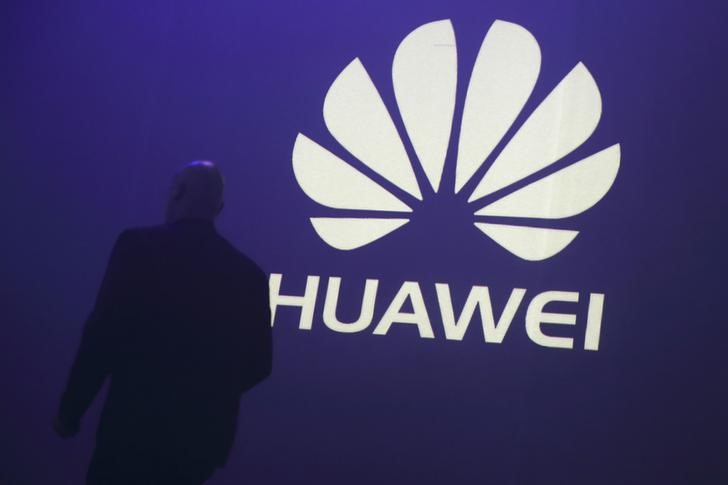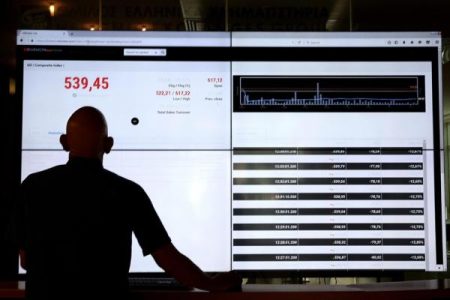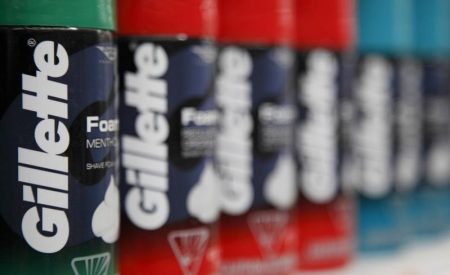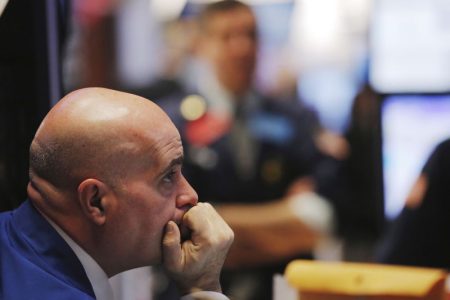© Reuters.
China’s smartphone market has witnessed a notable shift in sales dynamics, with Apple (NASDAQ:) experiencing a 4% year-over-year decline in smartphone sales during the recent Singles Day event period. This comes despite JD (NASDAQ:).com’s report of high transaction volumes exceeding 10 billion yuan ($1.39 billion) for Apple products. The dip contrasts sharply with Huawei’s impressive 66% and Xiaomi’s 28% surge in sales, contributing to an overall 5% boost in the Chinese smartphone sector.
The pricing strategy reveals a competitive landscape, with the iPhone 15 tagged at 5,999 yuan ($832), Huawei’s Mate 60 at 5,499 yuan, and Xiaomi’s Mi 14 at a more modest 3,999 yuan. These price points were critical during the Singles Day shopping spree, which is known for its substantial discounts and has become a significant event for consumer electronics sales in China.
Apple’s latest iPhone 15 series, released late September, faced tough competition as Xiaomi (OTC:) unveiled its Mi 14 line in late October, swiftly surpassing one million units sold after its debut. Huawei also made headlines earlier with its Mate 60 range launch, gaining nationalistic support for its advanced chip that bypasses U.S. sanctions.
Despite the challenges, industry analysts from IDC suggest a recovery is on the horizon for China’s smartphone market after enduring persistent shipment drops. However, Counterpoint Research attributes part of Apple’s recent stagnation to supply chain issues that have affected the availability of the latest iPhone models. These disruptions are anticipated to stabilize soon, potentially aiding Apple to regain momentum following this high-volume sales event.
This article was generated with the support of AI and reviewed by an editor. For more information see our T&C.
Read the full article here














